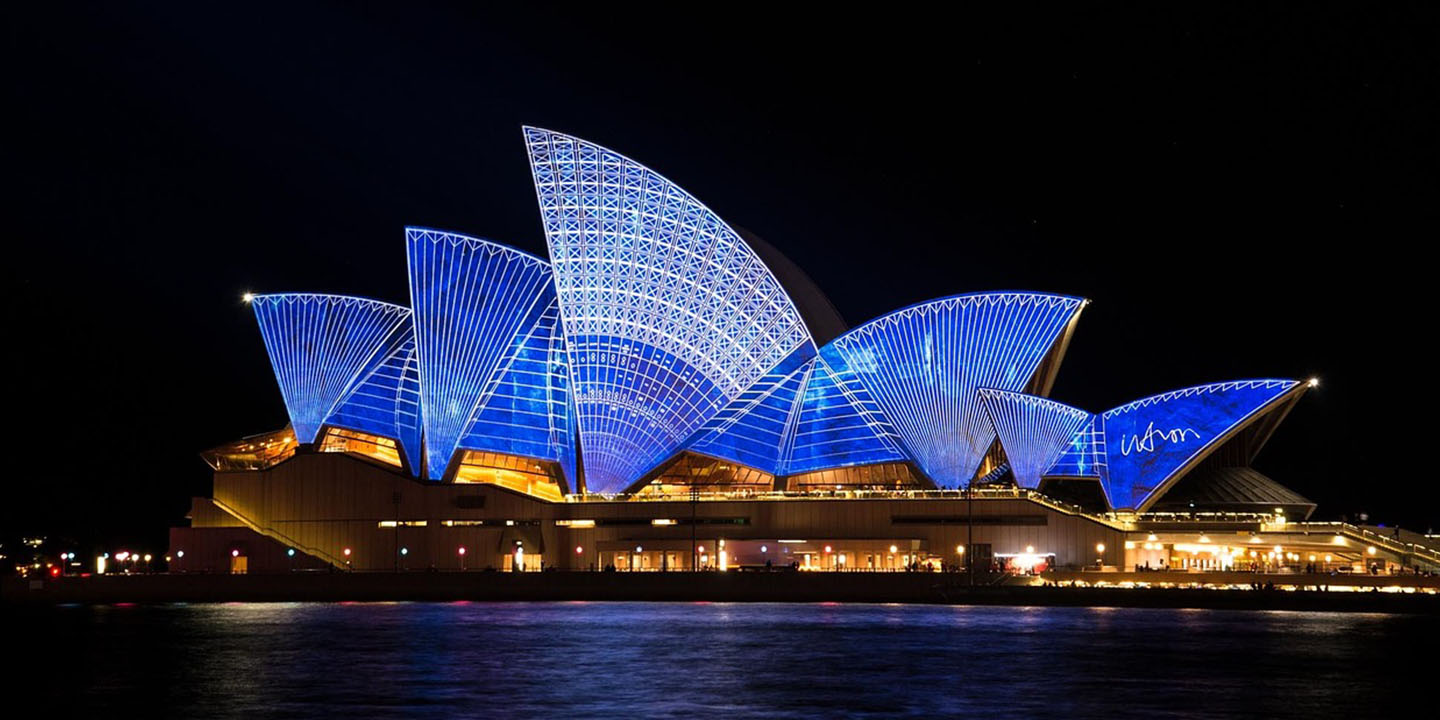The Life Of Luxury
At the end of the 19th century, the Gilded Age saw a clash between Old Money and New, with families building increasingly elaborate homes. While the most famous of these "summer cottages" were in Newport, RI, millionaires across the country flexed their architectural muscles. Fans of The Gilded Age will likely recognize some of the locations on this list, while others will be new.
1. Biltmore
It doesn't get any more luxurious than the Biltmore estate—at over 16,000 m2 it's the largest private home in the country! Built by George Washington Vanderbilt II, this Château was designed to be a "little mountain escape" complete with a conservatory, bowling alley, and a tapestry gallery. The easiest way to see this estate is to stay directly on property for a weekend.
2. Lyndhurst
While Lyndhurst in Tarrytown, NY, was built a few decades before the Gilded Age, it was owned by one of the most famous and unscrupulous figures in an era not lacking them: Jay Gould. Gould was drawn to Lyndhurst's natural beauty and proximity to Manhattan. After Gould's death, his daughter, Helen ran classes at the estate to help children break the cycle of poverty.
 Urban~commonswiki on Wikimedia
Urban~commonswiki on Wikimedia
3. Marble House
Another Vanderbilt mansion, Marble House looks like the White House on the outside and Versailles on the inside. Marble House was one of many "summer cottages" that lined the shore of Newport. It was with the help of these cottages that Newport transformed from a a quaint seaside village to the site of the summer season.
 Kenneth C. Zirkel on Wikimedia
Kenneth C. Zirkel on Wikimedia
4. Hearst Castle
While Hearst Castle may fall outside the Gilded Age's timeframe (it wasn't completed until 1947), we couldn't resist including it. Designed by one of America's first female architects, Hearst Castle was a playground for Hollywood stars, artists, and politicians. It (and its owner) inspired one of cinema's most famous mansions: Xanadu, in Citizen Kane.
5. Hempstead House
Hempstead House is also known as Castle Gould, after its first owner, Howard Gould. Gould's initial plan was to replicate Kilkenny Castle in Ireland, but he wasn't happy with the finished product and commissioned a second house on the estate. Once that house was completed, the Goulds sold the estate to another one of the wealthiest families of the era: the Guggenheims.
6. The Elms
Like the previous house on this list, The Elms is a reinterpretation of a European manor—in this case, Château d'Asnières in a Parisian suburb—looking at the two side by side, we'd say the designer nailed it. The Elms was owned by the Berwind family, new money who rubbed shoulders with Teddy Roosevelt and Kaiser Wilhelm II. Notably, this new money innovation led to the Elms being one of the first homes in America wired for electricity.
7. Anderson House
Among the diplomatic missions of Washington's Embassy Row, sits a turn-of-the-century mansion. While other Gilded Age families tried to one-up each other through parties and architecture, the Andersons entertained presidents and politicians during Washington's winter-spring social season. The mansion is currently a research library on Colonial-era military history and historic house museum.
8. Morey Mansion
How much can a couple of orange trees buy? An entire mansion if you're a citrus tycoon married to a shipbuilder. Morey Mansion was designed so that every room has planned view with fruit accents around doorways. Actress Carole Lombard was set to inherit the mansion, but tragically perished before she could take ownership.
9. Grey Towers
Many Gilded Age Mansions find a second life as university buildings, which must be great for business! Grey Towers, just outside of Philadelphia, is no exception, being part of Arcadia University for far longer than it was a private residence. Grey Towers is an eclectic mixture of styles, a tour of French architecture from the Renaissance to Revolutionary eras/
10. The Breakers
The grandest of the Newport grand, the Breakers is the archetypal Gilded Age mansion. Built in marble and steel to prevent fires, this 70-room "cottage" was inspired by the palaces of Italy. The ample space was used largely for entertaining other families during the social season; the Vanderbilts only lived at the Breakers for a few weeks a year!
11. Florham
The last Vanderbilt property on the list, we promise, Florham belonged to one of the richest women in the country. While other millionaires flocked to Newport, Florence Vanderbilt Twombly and her husband retreated to farmland in New Jersey. Of course this farmland also included an orangery, fifteen cars, 10 greenhouses, and 100 rooms!
12. Searles Castle
No castle is complete without a dungeon, at least not according to Edward Searles. Searles made sure that his swoon-worthy seven-story castle was complete with a dungeon-style basement, though there's no word on what he used it for. After Searles passed, his castle has served as a conference center, a school (two separate times), and an event venue.
 Kenneth C. Zirkel on Wikimedia
Kenneth C. Zirkel on Wikimedia
13. Mill Neck Manor
Like many homes on this list, Mill Neck Manor was modeled after one of the great country houses of England. However, this home takes things a bit further with Shakespeare-inspired stained glass, 15th-century pews, and fireplaces carefully shipped over from Europe. From 1949 to 2002, Mill Neck was an accredited school for the Deaf.
14. Rosecliff
Built for the heiress to a silver fortune, Rosecliff is a mansion fit for a princess—literally, it was modeled after Marie Antoinette's country retreat. Tessie Oelrichs was one of Newport's greatest hostesses who ran society like a business. Rosecliff has the largest ballroom in Newport, which hosted fairy tale dinners and a magic show by Harry Houdini.
 Rhonda McCloughan (Pr41799) on Wikimedia
Rhonda McCloughan (Pr41799) on Wikimedia
15. Villa Zorayda
Named after a Washington Irving Story and inspired by one of Spain's greatest palaces, Villa Zorayda revolutionized the architecture of Florida's oldest city. Today, the mansion is an art museum, and a must-see for visitors to St. Augustine. Make sure you check out the 2400-year-old Sacred Cat Rug!
16. Old Westbury Gardens
In comparison to the Beaux-Arts and Romanesque styles many Gilded Age mansions were constructed in, Old Westbury Gardens is Restoration style, harking back to 17th century England. Originally, John Phipps wanted a home that resembled his bride's childhood home of Battle Abbey, in England. While the two buildings don't look much alike, its collection of English antiques and rolling gardens definitely capture the vibe.
17. Chateau-Sur-Mer
Gilded glamor didn't start and end with the Vanderbilts, as evidenced by Chateau-Sur-Mer. William Wetmore commissioned this Italianate villa in 1852 and, unlike the rest of this list, he lived there year-round! A native New Englander, Wetmore wasn't bothered by the cool winters and used the home to shmooze for his political career.
18. Patterson Mansion
Many of the mansions on this list rival the White House, but only one housed Calvin Coolidge while his official residence was under construction. While the Coolidges weren't a fan of this Dupont Circle home (Grace found the rooms cramped), the Patterson mansion was the center of D.C.'s social life. Today, the mansion has transformed into a series of ultra-luxe "micro-apartments".
 Carol M. Highsmith on Wikimedia
Carol M. Highsmith on Wikimedia
19. Carson Mansion
You've probably seen Carson Mansion before even if you haven't visited. With its gingerbread details and towering turrets, Carson Mansion is one of the most photographed homes in America, and the inspiration for many a haunted house. Lumber magnate William Carson commissioned it to keep his workers employed during a slump.
 Photo by Cory Maylett on Wikimedia
Photo by Cory Maylett on Wikimedia
20. Ochre Court
Newport's second largest mansion was owned by a family whose name has been forgotten: the Goelets. The Goelets rose from relatively humble origins to owning a chunk of New York City, with this home to help them escape the summer heat. Ochre Court, along with several other Newport cottages, is owned by Salve Regina University; imagine going to class here!






















